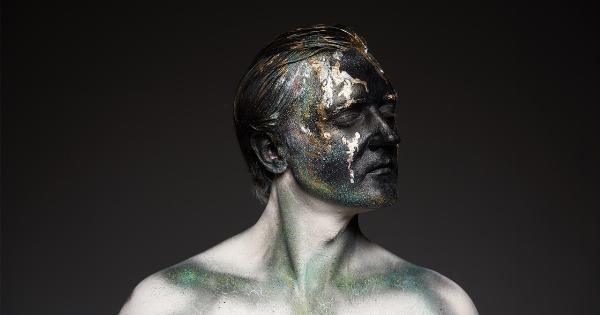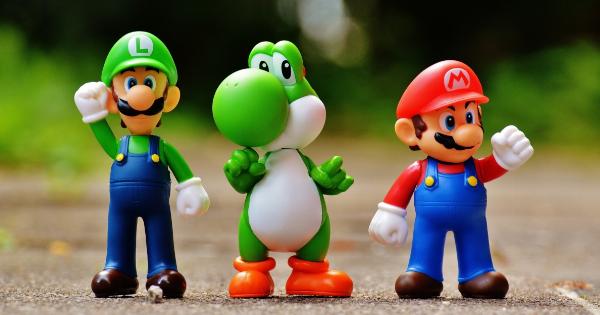One of the most fascinating aspects of a newborn baby is their physical appearance, especially their eye color.
Many parents eagerly anticipate what color their baby’s eyes will turn out to be, as it can change dramatically during the first year of life. But have you ever wondered why this happens? Let’s delve into the science behind a baby’s changing eye color.
Understanding Eye Color
Eye color is determined by the amount and distribution of a pigment called melanin in the iris of the eye. Melanin is responsible for the color of our skin, hair, and eyes.
The two primary pigments that affect eye color are eumelanin, which is brown or black, and pheomelanin, which is yellow or red.
Inherited Traits
A baby’s eye color is determined by the combination of eye color genes inherited from their parents. The genetics of eye color inheritance is complex, involving multiple genes and variations.
However, two of the most influential genes in eye color determination are OCA2 and HERC2.
The Role of OCA2 Gene
The OCA2 gene provides instructions for making a protein called P protein, which is involved in the production and maturation of melanosomes – organelles where melanin is synthesized.
Variation in this gene can affect the amount of brown melanin produced in the iris. People with a higher amount of melanin will have brown eyes, while lower amounts result in blue or green eyes.
HERC2 and Blue Eyes
The HERC2 gene works in conjunction with the OCA2 gene. It helps to regulate the activity of the OCA2 gene, influencing the amount of melanin produced in the iris.
Specifically, a variation in the HERC2 gene near the OCA2 gene can reduce the expression of OCA2, leading to a lower amount of melanin. This variation is strongly associated with blue eye color.
Birth and First Months
At birth, most babies have eyes that appear blue or gray. This is mainly due to the lack of melanin in their irises.
As a baby grows, their melanocytes – specialized cells that produce melanin – become more active and start to deposit melanin into the iris, gradually changing the eye color. However, the final eye color is not fully determined until around six to nine months of age.
Influences on Eye Color Changes
Various factors can influence a baby’s eye color change. In addition to genetics, other factors such as sunlight exposure, hormones, and melanin production rates can play a role in determining the ultimate eye color.
Genetic Variations
Genetic variations play a critical role in determining the final eye color of a baby.
Even though eye color is largely genetically determined, predicting the exact color based on parents’ eye color can be difficult due to the complex inheritance patterns and numerous genes involved.
Environmental Factors
Environmental factors, particularly sunlight exposure, can influence the development of eye color.
The iris has photoreceptors that are sensitive to light, and exposure to sunlight can stimulate the release of melanin in the iris, potentially darkening the eye color.
Hormonal Influences
Hormones can also play a part in eye color changes. For example, some babies may have higher levels of estrogen or other hormones that affect melanin production, leading to alterations in eye color.
However, the exact role of hormones in eye color changes is not yet fully understood.
Melanin Production Rates
The rate of melanin production in the iris can also impact how quickly or slowly a baby’s eye color changes. A higher production rate would result in the eye color changing more rapidly, while a lower rate may prolong the process.
Finalizing Eye Color
By around six to nine months of age, most babies’ eyes have reached their final color. However, for some children, the process may continue into early childhood.
Eye color changes beyond infancy are generally attributed to minor fluctuations in melanin deposition.
Celebrating Your Baby’s Eye Color
Regardless of the science behind it, every baby’s eye color is unique and beautiful. It’s incredible to witness the gradual transformation and see your little one’s individuality shining through their eyes.
Conclusion
The science behind a baby’s changing eye color is a combination of genetics, melanin production, and environmental factors.
While the exact prediction of a baby’s eye color may not be possible, understanding the underlying processes can help parents appreciate the wonders of their child’s distinct eye color as it develops.



























